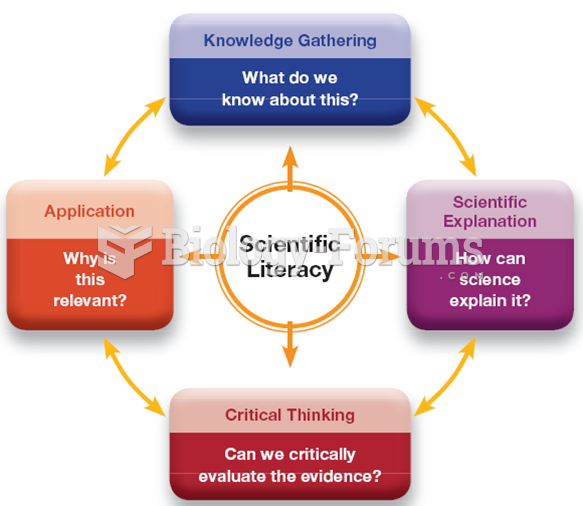Answer to Question 1
ANSWER: Talk to children, even while diapering or feeding them.
Talk to children in standard spoken language, not baby talk. Speak clearly and give simple explanations.
Reinforce a childs native language. Understand that every childs language or
dialect is worthy of respect as a valid system for communication. Speak in a voice that helps children listennot too fast or too soft. Encourage children to talk to you.
Enable children to use language to communicate their thoughts about ideas and problems that are real and important to them.
Listen when children talk to you. Give children your full attention when they speak. Be on their level and make eye contact. Use nonverbal communication, such as eyetoeye contact, smiling, and holding a childs finger or hand to reinforce that you are listening. Be patient.
Use childrens names frequently.
Allow time and opportunity for children to listen and talk freely without interruption.
Play music for children to listen to. Provide different types of music in the environment, such as tapes or CDs of lullabies, songs from many cultures, and classical music.
Sing songs. Make up songs with the children.
Play finger plays, which offer a combination of stories, poems, directions, songs, and hand movements. Finger plays also offer a transition into a story or activity. Help children remember spoken information by giving simple multi-step directions for activities (National Institute for Literacy, 2009).
Read or tell stories to children. Reading to children helps to build the brain structures they will need in order to read (Nevills & Wolfe, 2009). Make a wide selection of books available to children. Be sure there are books in a variety of languages, including Braille and sign language. (Chapter 4, Literature offers detailed information.)
Read books that expose children to a varied and rich vocabulary.
Enhance childrens concept of and exposure to print. Some teachers use Big Books to help children distinguish many print features, including the fact that print (rather than pictures) carries the meaning of the story, that the strings of letters between spaces are words and in print correspond to the oral version, and that reading progresses from left to right and top to bottom (IRA & NAEYC, 1999).
Take walks and listen to the sounds of the environment. Talk about what you see and hear. Write down what the children say and then put their words in a classroom book or on a large sheet of paper posted on an easel or a wall.
Play listening games to develop sound awareness, such as clapping hands in a fast or slow tempo; then have children repeat the clapping as they heard it. Audio tape the games, and then play them back to the children to see if they can associate the taped claps with the ones they did.
Answer to Question 2
ANSWER: Knowing the names of printed letters
Knowing the sounds associated with printed letters
Manipulating the sounds of spoken language
Rapidly naming a sequence of letters, numbers, objects, or colors
Writing ones own name or even isolated letters
Remembering the content of spoken language for a short time







